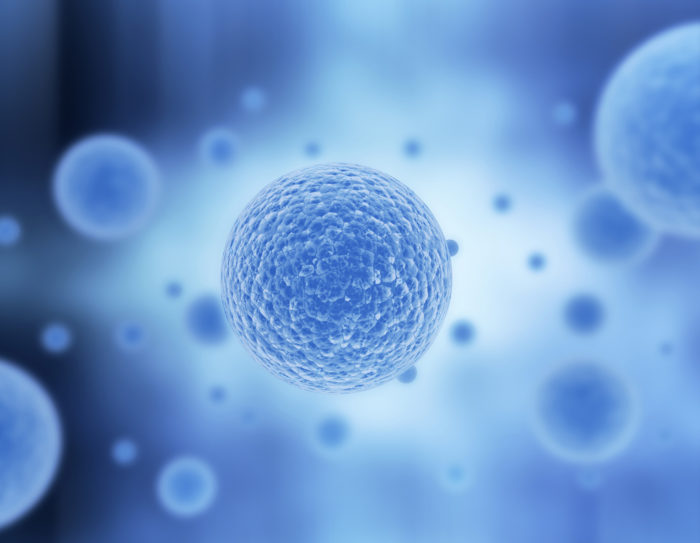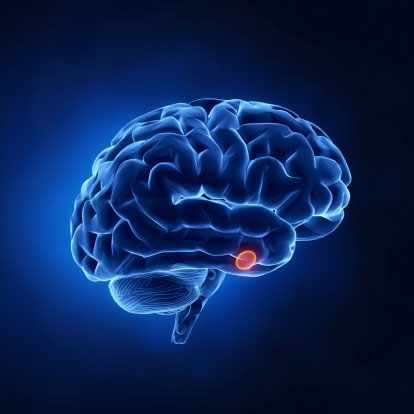
Centrophenoxine (CPH) and the Membrane Hypothesis of Aging (MHA)
November 26th, 2016Centrophenoxine (CPH) and the Membrane Hypothesis of Aging (MHA)
An interview with Professor Imre Zs.-Nagy, MD and Editor of Aging Matters™ Phil Micans; herein referred to as IZSN and PM.
Imre Zs.-Nagy was born in Hungary in 1936 and took his MD degree in 1961. He had been university Professor of gerontology at the University of Debrecen, retiring by law at age 70. He spent various periods abroad in research institutes, altogether about 15 years in Italy, USA, Japan, Germany and Switzerland. In 1982 he founded the interdisciplinary journal, Archives of Gerontology and Geriatrics, and was its Editor-in-Chief for 30 years. He formulated the Membrane Hypothesis of Aging (MHA), which is a comprehensive explanation of differentiation and aging of postmitotic cells. The MHA offers a basis for the experimental influencing of brain aging, in which Centrophenoxine ( CPH) plays a crucial role. CPH is incorporated into the brain cell membranes where it acts as a site-specific, local hydroxyl-free-radical scavenger by donating the 2 loosely bound electrons of its N-atom, protecting in this way the adjacent protein compounds of the plasma membrane from non-desired cross-linking. Due to the very low toxicity of CPH, this intervention is feasible in humans for very long term use.
PM: “Professor Zs.-Nagy, thank you very much for taking time to chat with us today about your Membrane Hypothesis of Aging (MHA) and the effects of Centrophenoxine (CPH). Can we start please with what I believe is a wonderful quote? I understand your mentor, Professor Fritz Verzár, said that aging would be understood when the question of why it takes longer to cook an old chicken than a young one was answered! Can you explain to us what he meant by that and how it shapes your MHA?”
IZSN: “Verzár invented experimental gerontology during the early fifties. He mentioned the problem of cooking an old chicken jokingly, but also considered it as a serious question. He studied in detail the heat-denaturation properties of collagen molecules and established that the triple helical molecule of collagen is stabilized, in great part by H-bonds, when they are synthesized. However, part of these weak, easily cooked bonds are transformed later into much stronger covalent bonds, being more resistant to cooking. He calculated that about 10 H-bonds become covalent per collagen molecule during the 2-3 year life-span of rats. Verzár extended these observations to other cellular structures, like nucleo-proteins. My attention was devoted to the cell plasma membrane. Why? Because it is the most compact structure of the cells and displays quite remarkable changes during aging due to its physicochemical composition. These membrane changes involve altered lipid composition and a linear slowing-down of the lateral diffusion of all membrane compounds. This leads to intracellular dehydration. These changes are particularly important in postmitotic cells like brain neurons. These small changes mean a lot in the long term because the cells gradually undergo serious, quantitative losses of their functional ability, proportional with the progressive and destructive character of the aging process. The intracellular density increases very seriously, slowing down all enzyme activities.”
PM: “So I understand that these cell changes that take place as we age reduce the efficiency of enzymes, with diminished capacity for nutrition to enter the cell and waste to be removed from it.”
IZSN: “Right. The consequences of this reduction of enzyme activities leads to a slower turnover of proteins, increases the accumulation of lipofuscin, and the development of functional disorders seen in memory loss, Alzheimer’s and many other issues.”
PM: “And did your studies lead you to look into any developments that could help the cells remove lipofuscin?”
IZSN: “The removal of lipofuscin was described in the sixties in CPH-treated experimental animals. CPH was already considered to be an approach to slow down the rate of aging. Unfortunately however, the mechanism of action of CPH was misinterpreted. People assumed that it promoted acetylcholine synthesis, but this was a mistake because it was shown later that the dimethylamino moiety of CPH is never trimethylated in brain tissue, i.e., it does not increase the availability of choline. We have shown by ESR-spectroscopy that CPH acts as a hydroxyl-free-radical scavenger, protecting the membrane proteins against these radicals.”
PM: “And how successful was CPH in your trials?”
IZSN: “We not only prolonged the medium life-span of CPH-treated rats by about 20-30%, we demonstrated a significant improvement of the physicochemical membrane parameters that were deteriorated by aging. During the mid-seventies, human auto-experiments with CPH was started and it has been maintained until now, with remarkable personal observations.”
PM: “So lipofuscin deposits are reduced with CPH? What benefits does this provide for patients?”
IZSN: “In clinical terms, CPH is beneficial for humans. We performed a double-blind clinical trial with 50 residents in an old-age home; 25 men and 25 women, with an average age of 77 years. They suffered from dementias of medium level. (DSM III, Category 1, ICD No. 299) The patients were randomly coded in verum and placebo groups. For the first 2-weeks all of them received placebo tablets. Meanwhile, their initial performance was measured by the Nuremberg Gerontopsychological Inventory (NAI). This was followed by an 8-week period of treatment either by 2 g/day of CPH, or placebo administered under double-blind conditions. The NAI and all laboratory tests were applied to them during the last week of this treatment, with their code only revealed after the definitive evaluation of the NAI tests. In the verum group we obtained a significant 48% improvement to their memory functions, whereas in the placebo group only 28% showed improvement.” (Arch. Gerontol. Geriatr., 9, 17-30, 1989).
PM: “Now I happen to know that you have been using CPH for a long time, probably longer than anyone else. Would you care to comment on that?”
IZSN: “Of course. Already on the basis of the animal experiments and some human auto-experiments started in the USA, I began to take 500 mg CPH/day when I became 40 years old, which was in October 1976. I was aware that aging is a gradual process, i.e., one cannot expect rapid changes, like our American colleagues did! As a matter of fact, they stopped the CPH treatment after a short period of 4-6 months because they did not feel rejuvenating effects. Instead of this expectation, I wanted to see whether CPH is able to slow down aging, therefore, I continued taking CPH until the present day, i.e., already for more than 37 years! Today, I am sure that CPH has helped me to maintain my working ability, in both a mental and physical sense; at age 78 I still perform very well.”
PM: “Naturally we should ask if there are side-effects or contraindications when using a CPH supplement.”
IZSN: “Together with me, my family members, friends and other persons who have been taking CPH for many years, I can say that all of these persons have had positive experiences. We have not experienced any adverse side effects of CPH. I did not know of any cases where people have stopped the CPH treatment because of any inconvenient side effects. This indicates that the interpretation of the mechanism of action of CPH according to the MHA is realistic, namely, CPH improves the site-specific, local protection of the membrane proteins against oxidative damage, as described by the MHA.”
PM: “On the other side of the coin, do you believe there may be other agents or protocols that could be beneficial when used alongside CPH to slow down aging?”
IZSN: “I am conscious of the late biochemist James South’s article stating that CPH plus regular clear water could hydrate cells effectively, but of course, I have to mention the effects of the recombinant human growth hormone (rhGH), too. During the last decade, rhGH has become available on a wider scale at reasonable prices. Its beneficial effects against aging are in full conformity with the MHA. It is well known that the membrane of each type of cells contains receptors for hGH. This explains a lot of so far unknown effects of this hormone on the cell membrane. As a matter of fact, rhGH causes intracellular rehydration and improves many functional abilities, which are otherwise damaged during aging. The readers may find more details in my paper.” (Arch. Gerontol. Geriatr. 48, 271-275, 2009).
PM: “I fully appreciate that you have officially retired after spending decades at the forefront of geriatrics and gerontology; may I ask you what you think of the advent of antiaging medicine and the direction it is going today?”
IZSN: “I am deeply convinced that antiaging medicine will have a brilliant future. Antiaging medicine may well prolong life-span–but if it brings about only a better quality of life at later ages, then by itself it will be a great success. If one calculates the costs of orthodox medicine treatment and taking care of elderly ill persons, it is predicted to be useful in economic terms for human society.”
PM: “Professor Zs.-Nagy, you have my deepest gratitude for sharing your knowledge with us today.”
IZSN: “It was my pleasure.”








